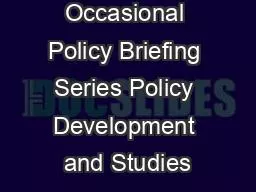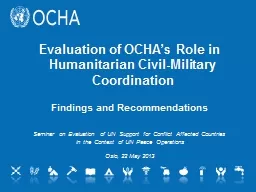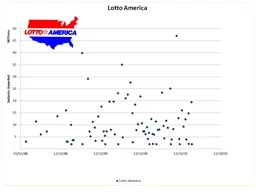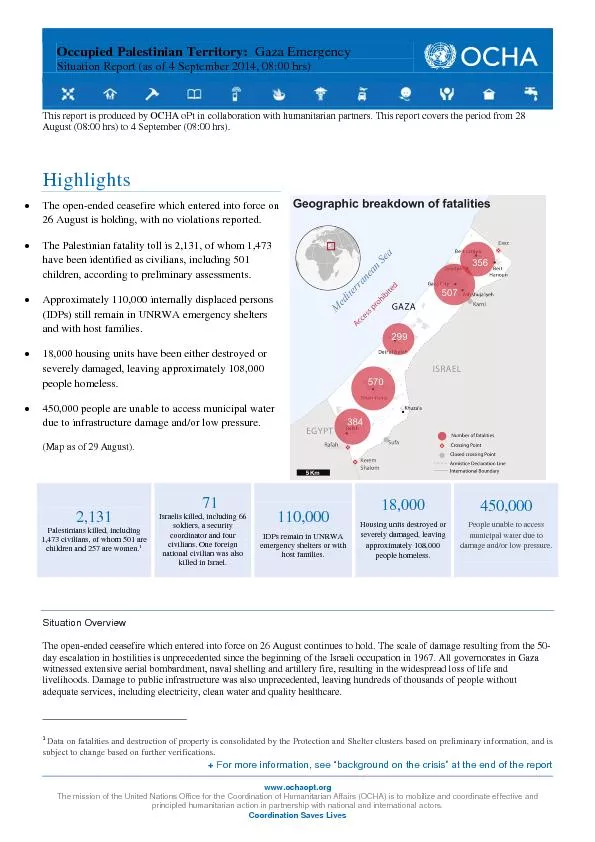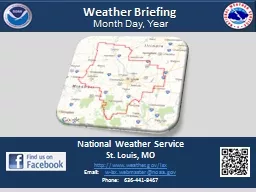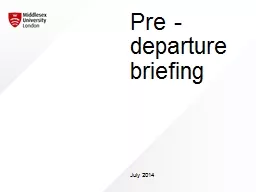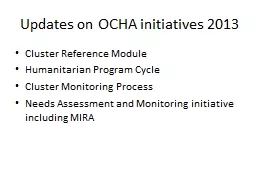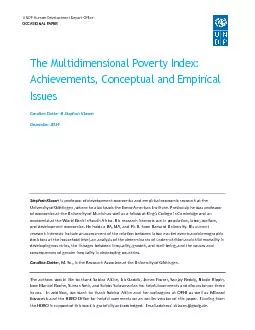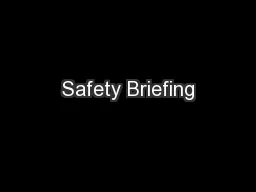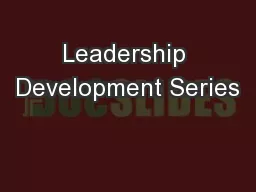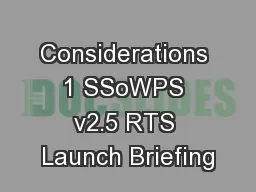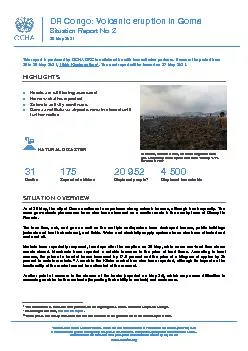PDF-OCHA Occasional Policy Briefing Series Policy Development and Studies
Author : eloise | Published Date : 2021-10-04
For more information please contact Policy Development and Studies Branch Humanitarian Affairs OCHA Email ochapolicyunorg These occasional policy briefs are nonpapers
Presentation Embed Code
Download Presentation
Download Presentation The PPT/PDF document "OCHA Occasional Policy Briefing Series P..." is the property of its rightful owner. Permission is granted to download and print the materials on this website for personal, non-commercial use only, and to display it on your personal computer provided you do not modify the materials and that you retain all copyright notices contained in the materials. By downloading content from our website, you accept the terms of this agreement.
OCHA Occasional Policy Briefing Series Policy Development and Studies: Transcript
Download Rules Of Document
"OCHA Occasional Policy Briefing Series Policy Development and Studies"The content belongs to its owner. You may download and print it for personal use, without modification, and keep all copyright notices. By downloading, you agree to these terms.
Related Documents

